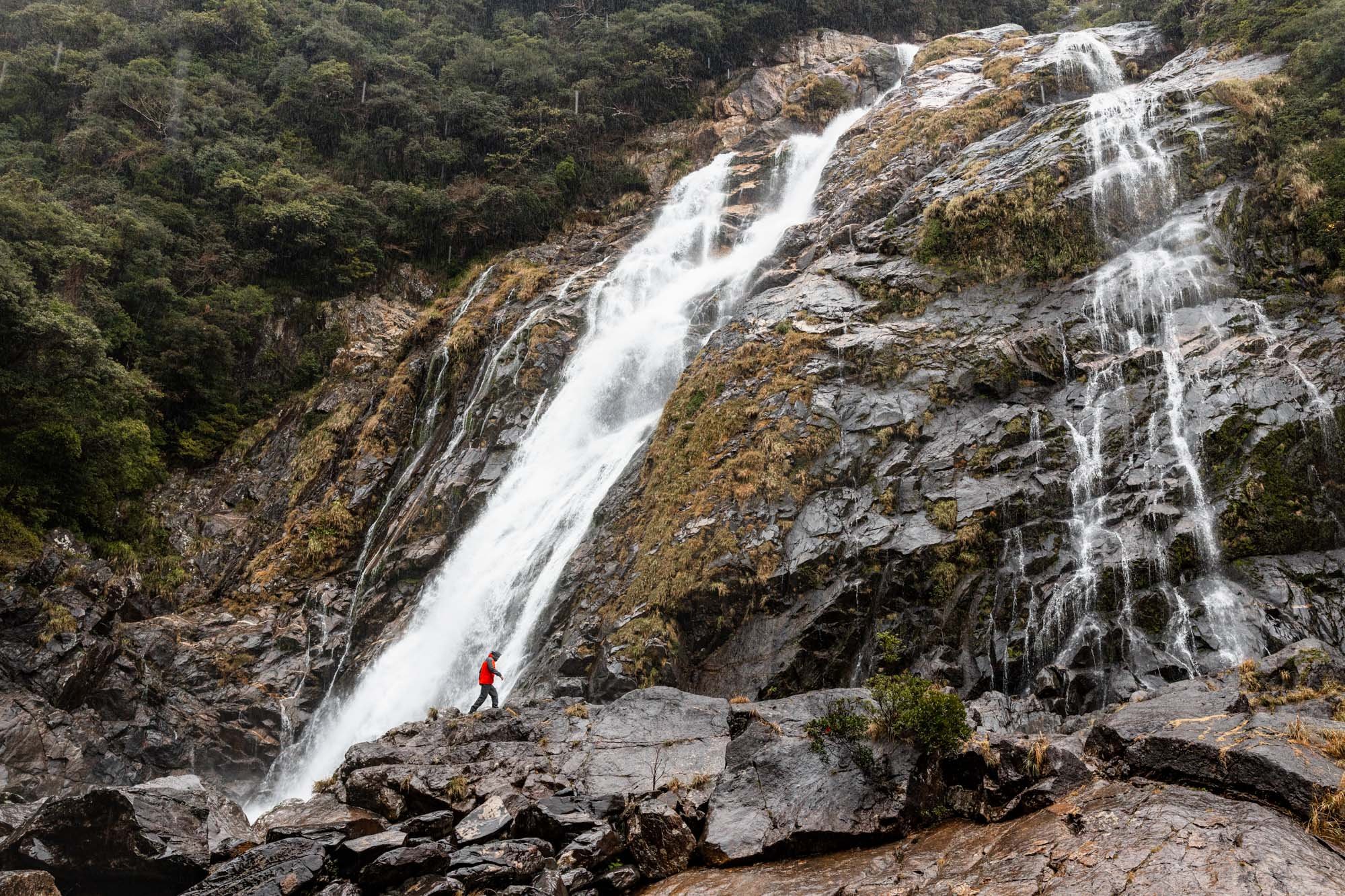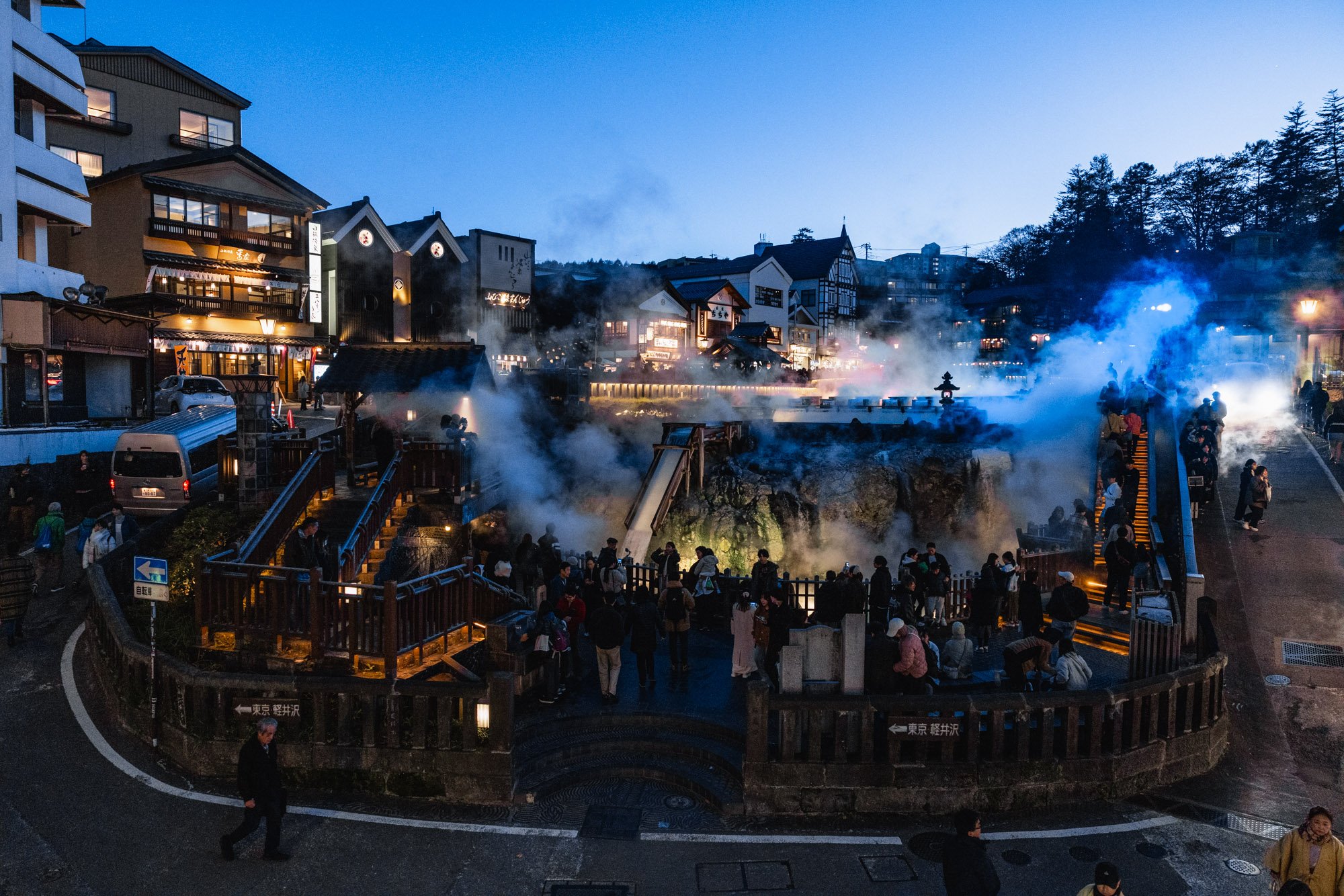35 Days of Rain: The Ultimate Guide to Yakushima Island
Most know Japan for its five mainland islands of Hokkaido, Honshu, Shikoku, Kyushu and Okinawa, but what many don’t know is that this sprawling archipelago is home to a staggering 6,852 islands. One of which, Yakushima, sits 60km off the southernmost tip of Kyushu and is home to some of the nation’s oldest living trees, tallest mountains and most powerful waterfalls.
A trip to Yakushima Island promises an adventure a little different from your typical Japanese getaway; think ancient forests wrapped in emerald-green moss and mystical waterfalls hidden amidst the mountains. Adding Yakushima to your Japan itinerary unveils a unique side to Japan. It's a place where nature reigns supreme, offering a rare opportunity to explore the untouched beauty of the smaller southern islands.
Do You Need a Guide?
The question of whether to hire a guide often arises for a trip to Yakushima. The island is known for rugged terrain and lush forests, but they can be challenging to navigate alone, depending on your experience or hiking ability. Local guides can offer invaluable insights into the island's biodiversity, history, and hiking trails, enhancing your experience.
However, Yakushima is also welcoming to independent travellers. Well-marked trails like the famous Jomon Sugi route make solo exploration much more accessible. Deciding whether to hire a guide ultimately depends on your comfort level and interests. If you seek in-depth knowledge and a hassle-free journey, a guide is a wise choice. For more seasoned explorers, self-guided adventures offer a unique sense of freedom.
Yakushima Packing List
Yakushima’s rugged landscape and mounting trails provide a different set of chllenges to other. more built up parts of Japan, not to mention year-round heavy rainfall. With that said, here are just a few essentials I recommend packing before your trip:
Raincoat (or warm, waterproof jacket)
Backpack with a waterproof cover
Travel first aid kit
Hiking map of Yakushima
Torch or head torch
Basic food provisions and snacks
Highlights
Yakusugi Land
Once the backdrop for storytellers, ancient myths and fairytales, the misty, enchanting forests of Yakusugi Land are densely packed with Yakusugi trees (a combination of Yakushima and sugi, the Japanese word for cedar). Both gentle and tough hiking trails pass through the thick layers of cloud which add to the mystique of this dramatic landscape, where you can discover trees more than 1,000 years old still standing the test of time.
Ohko-no-taki Waterfall
Take a drive to south-west Yakushima to admire the 88-metre high Ohko-no-taki Waterfall, one of the one hundred most beautiful in Japan; its surrounding trees home to Yaku monkeys and Yaku deer only found on this unique island. Listen as the water from the Ogawa River crashes into the deep pool below, feel the mist as it blows across the rocks and admire the sheer beauty of this natural phenomenon.
Senpiro-no-taki Waterfall
Senpiro, meaning ‘one thousand hands’, sits at the foot of Mt. Mocchomu amid a granite gorge swathed in lush greenery as far as the eye can see. Drive just half an hour to the panoramic southern observation deck to watch as it thunders down a 60-metre drop into the valley below.
Yakushima Experience Hiking Tour
With over a decade of experience exploring the island, the Yakushima Experience team specialise in offering custom journeys to international guests. The team pride themselves on sharing local knowledge and an honest and adventurous spirit. English-speaking tours are available to groups of all sizes and abilities, and guests can choose from a bespoke ‘Hiking Menu’ as well as other activities such as cycling, island sights tour and hydrofoil boat experiences.
Related post: 6 Remote Hotels For Your Next Trip to Japan
Where to Stay
Sankara Hotel & Spa Yakushima
An oasis within the Yakushima mountains, Sankara Hotel & Spa Yakushima consists of 29 villas, an outdoor pool and sauna, world-class spa and French restaurant. Villas come with lofty ceilings and high-end cedarwood finishes, while spa treatments focus on holistic wellness and the concept of ‘SANA-being’ - utilising the essence of rain and water, sun and fire, forest and mountain. The in-house restaurant focuses on ‘local production for local consumption’, using only the finest ingredients to represent the island on its carefully curated menu.
553 Mugio, Yakushima, Kumage District, 891-4402
Tips & Tricks for a Visit to Yakushima Island
Prepare for the weather - Yakushima experiences a humid subtropical climate with high rainfall throughout the year. Make sure to pack appropriate clothing and rain gear, regardless of the season you visit.
Plan your transportation - While there are buses available on the island, renting a car is recommended for convenient exploration, especially if you plan to visit multiple locations.
Pack your hiking gear - Yakushima is renowned for its beautiful hiking trails, including the famous Jomon Sugi cedar tree. Ensure you have sturdy footwear, suitable clothing, a backpack, and other necessary hiking gear.
Obtain a hiking permit - For certain hikes, you’ll need to have a hiking permit. Make sure to check the requirements in advance and obtain the correct permit before starting your journey.
Bring cash - While some establishments may accept credit cards, it's advisable to carry enough cash, especially for smaller shops, restaurants, and accommodations since ATMs may not be readily available.
Best Time to Visit
While Yakushima has blue skies and warm weather for much of the year, it is important to note that the island also receives the highest rainfall in all of Japan and climate can vary even from one side of the island to the other. Avoid being washed out in rainy season between June to July, and in typhoon season between September and October. Since winter can see cold temperatures and even a light dusting of snow, the best time to visit the island is during the Spring or Summer, when skies are clear, temperatures are warm and hiking conditions are optimal.
How to Get There
High speed jetfoil boats operate daily between Kagoshima Port and Yakushima, as well as a daily car ferry. From Tokyo, flights run several times per day via Kagoshima Airport to Yakushima Airport. Direct flights to Yakushima are also available from Osaka or Fukuoka. Once on the island, the most convenient way to get around Yakushima is by rental car, and two bus services run once per hour along Yakushima's coast, except for UNESCO designated areas.
Produced in partnership with Japan National Travel Organisation and Wondertrunk
Photography and words by Ben Richards
Looking for a More Meaningful Way to Experience Japan?
Introducing Views from Japan, a brand new travel guidebook welcoming you to join a travel community that shares a deep passion for Japan and its unique cultural traditions. Across 280 detail-packed pages, I give you all of the tools you need to create a unique and memorable trip to Japan, whether you are travelling for a solo trip, honeymoon or family adventure.















